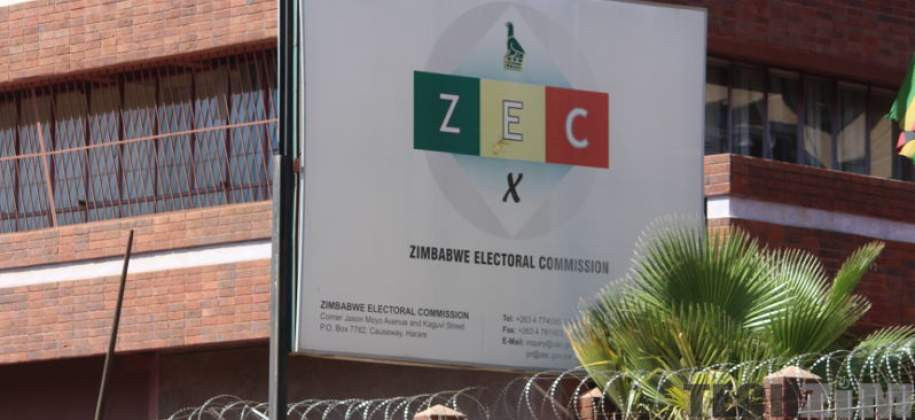
The levels of allotments remained low, cementing a trend that has been true for at least two months now.
The new averages over the latest five weekly sessions is now at US$15,9 million, which is a huge climbdown from 2021 averages of US$40 million a session.
The decline in allocations emanates from a change in the trading pattern on the official market.
First the amendments in rules pertaining to the interbank market, tighter exchange controls, wider utilisation of the USD and tighter local liquidity are all influencing the dearth in demand for USD at least on the auction market.
We are of the view that demand is being rechannelled to the alternative interbank market and own funds as companies increase earnings in forex from domestic sales. Other companies have also increased their share of exports in turn spurring direct forex earnings.
The relaxation of trading rules for the interbank has also played its role in that demand that would otherwise be on the auction is now going to the interbank.
The new dynamic
The new dynamic of narrower gap between the auction rate and the parallel rate has resulted in the slowdown of formal trades.
- Lupane man survives axe attack
- Currency crisis alarms business
- Currency crisis alarms business
- COVID-19 slows down Africa’s economic growth
Keep Reading
This means that some of the demand that was being experienced on the auction was only speculative and meant to take advantage of the premium.
This is basic logic and it would also follow that with a closing gap some speculative demand would ease and therefore reduce pressure for forex demand on the formal market.
A capped movement in the parallel market has also inspired a level of confidence in the local currency and this has also reduced speculative acquisition of foreign currency and acquisition of stock for speculative purposes.
The other known phenomena is the tightening exchange controls and more specifically government’s cut back on infrastructure projects spending.
This was long a known leakage area and naturally it would spur demand for USD directly from contractors’ payments and the demand for goods from the spill-over effects of increased aggregate demand.
These collective factors do not mean that the Zimdollar has finally stabilised.
In our view, government is not yet on a stable path and therefore the risk of currency failure is still very high.
There has not been consistency of policy with sustainably positive yields.
So far, the approach by government has yielded short-term gains with serious negative mid-term ramifications.
We see the monetary policy stance to introduce gold coins, which is typically an investment asset as a liquidity mop-up measure may backfire in the near-term if fundamentals are not reset.
If demand comes short of supply at the point most coins go beyond vesting period, this would require RBZ to inject new money, or allocate forex which it would otherwise have to procure thus driving up the price of forex.
This week the auction rate eased by 3,89% which is largely in line with the prior week’s losses.
The decline resulted in a weighted average exchange rate of 604,3 which consequently narrowed the parallel exchange premium to 24% from almost 100% two months ago.
The decline has resulted in a generally more stable pricing regime in the market.
Monthly inflation has largely declined showing its inclination to parallel market pricing than the formal market.
On a year-to-date basis the ZWL loss increased to 81%, the worst performance since dollarisation in 2019.
Going forward, the question would be on if the stability in the currency can be maintained.
It’s clear that this too is a key issue ahead of elections as it posits as a measure of success or failure for the current government.
While government has largely tried to stay the course on managing the fiscus, corruption remains high and inefficiencies driven by nepotism and cronyism remains albatross on government’s neck thus resulting in budgetary excesses.
There is dilemma on how to appease the citizens ahead of elections and how not to run the risk of failure if the economy overheats.
It is likely that the last three months of the year will show serious signs of volatility as government seeks to balance between the two thus creating other arbitrage opportunities.
Gwenzi is a financial analyst and MD of Equity Axis, a financial media firm offering business intelligence, economic and equity research. — [email protected]











